Below you can find a complete list of Dominican animals. We currently track 219 animals in the Dominican Republic and are adding more every day!
Types of Animals in the Dominican Republic
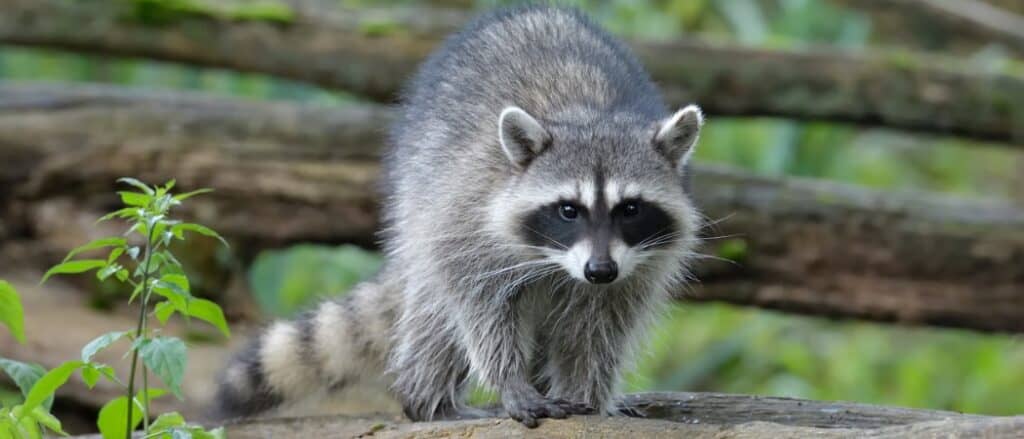
The Dominican Republic is a country on the Caribbean island of Hispaniola and is home to many different species of wildlife including the raccoon.
©iStock.com/Ildiko Laskay
The Dominican Republic is a country on the Caribbean island of Hispaniola. Maintaining a cool, tropical climate over gorgeous mountains and jungles bordered by over 900 miles of coastline, many types of wildlife, both native and introduced, can be found roaming the country.
Mammals, such as Hispaniolan Solenodons, Hispaniolan hutias, and common raccoons, coexist along with reptiles like snakes and lizards. Hundreds of bird species, namely the Hispaniolan Emerald hummingbirds, flit through the sky and reside in the trees.
Amongst the 20 mammal species found, 2 are native, while 32 bird species are native to the DR.
Native Birds
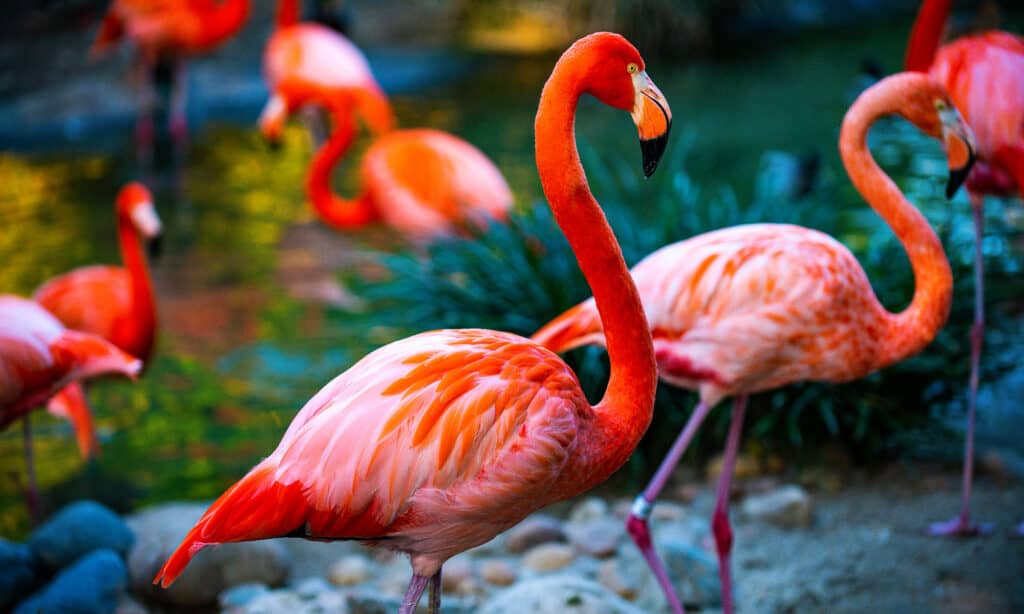
The Dominican Republic is a resting place for hundreds of transient species migrating in and out of Flamingoes.
©Volodymyr TVERDOKHLIB/Shutterstock.com
The Dominican Republic is a resting place for hundreds of transient species migrating in and out, along with the 32 species endemic to the country. Several of the most common birds to see in the DR include:
- Flamingoes
- Cuckoos
- Waterfowl (geese, ducks, etc)
- Guineafowl
- Pidegons, doves
- Hummingbirds
- Parrots
The terrain in the Dominican Republic is highly diverse, contributing to the diversity of species found there. Because the DR is A few endemic species are particularly rare, including La Selle Thrush (Turdus swalesi) found in the cloud forests along with the Hispaniolan Pewee (Contopus hispaniolensis) and the Bicknell’s Thrush (Catharus bicknelli), both residing in the alpine pine forests.
Native Fish
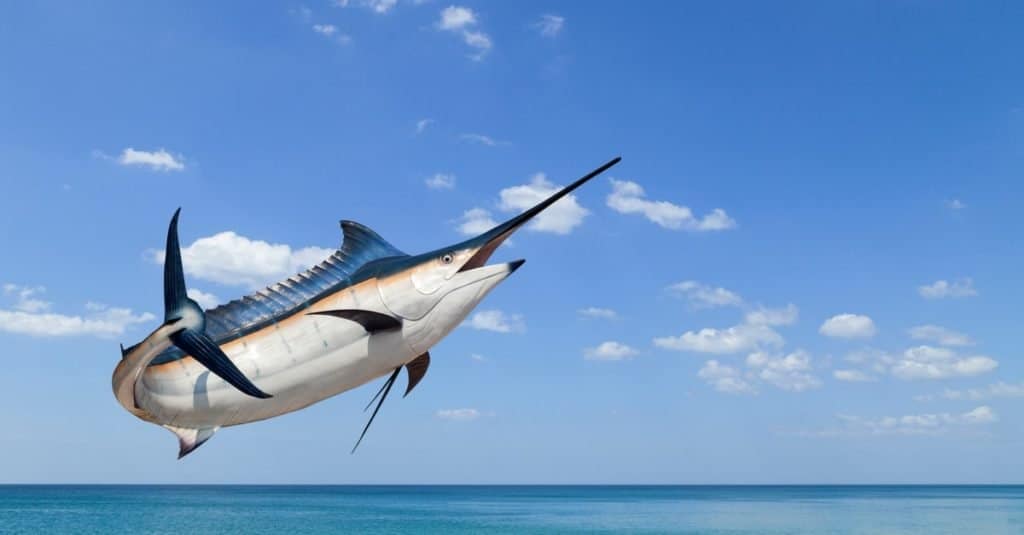
Swordfish are a popular sport fish of the billfish category, though elusive. They are elongated, round-bodied, and lose all teeth and scales by adulthood.
©Stock High angle view/Shutterstock.com
The Dominican Republic is surrounded by the Atlantic Ocean and the beautiful Caribbean Ocean. The Dominican Republic is highly attractive to anglers all over the world who come in to fish its marine waters. Some popular fish for anglers to find in the country are:
Seasons change for different species’ availability. Mahi Mahi (Dorado) and Wahoo are present year-round and probably the most commonly caught, both fun and easy to catch. Large, Yellowfin tuna are available between March-August and are hugely popular as a catch-to-eat fish, as some of these fish Amy reach around 400lb.
Probably the most exciting fish drawing anglers to the DR are Blue and White Marlin, followed closely by Sailfish and Swordfish. White Marlin can be found from March to July, while Blue Marlin comes around from June until October. Blue Marlin has the capacity to reach up to 1,000lb, making it a goal for experienced anglers everywhere to catch one at least once.
Sailfish, one of the fastest fish in the world, are more popular during the winter months of November to the beginning of March and Swordfish tend to crop up at the end of summer.
Alternatively, there are many native species found in freshwater sources, as well. A variety of Limia species, Pupfish species, Molly, and Rivulus fish are endemic to the DR’s freshwater.
Rarest Animals found in the Dominican Republic
The Dominican Republic is home to a number of rare and endangered animal species that are found nowhere else in the world.
One of the rarest animals in the country is the Hispaniolan solenodon, which is a small, insect-eating mammal that is classified as endangered by the International Union for Conservation of Nature (IUCN).
The solenodon is unique in that it has a venomous bite, which it uses to capture prey. It is a nocturnal animal that is rarely seen by humans and is threatened by habitat loss and predation by introduced species like feral cats.
Another rare animal found in the Dominican Republic is the Bayahibe rosewood, which is a tree species that is critically endangered. The Bayahibe rosewood is a slow-growing tree that is prized for its high-quality wood and has been heavily exploited for commercial purposes. It is now found only in a few small areas of the country and is threatened by continued deforestation and habitat loss.
The endangered Hispaniolan parakeet is also found in the Dominican Republic and is one of the rarest parrot species in the world. The parakeet is threatened by habitat loss and poaching for the pet trade and is considered critically endangered by the IUCN.
Largest Animals Found in the Dominican Republic
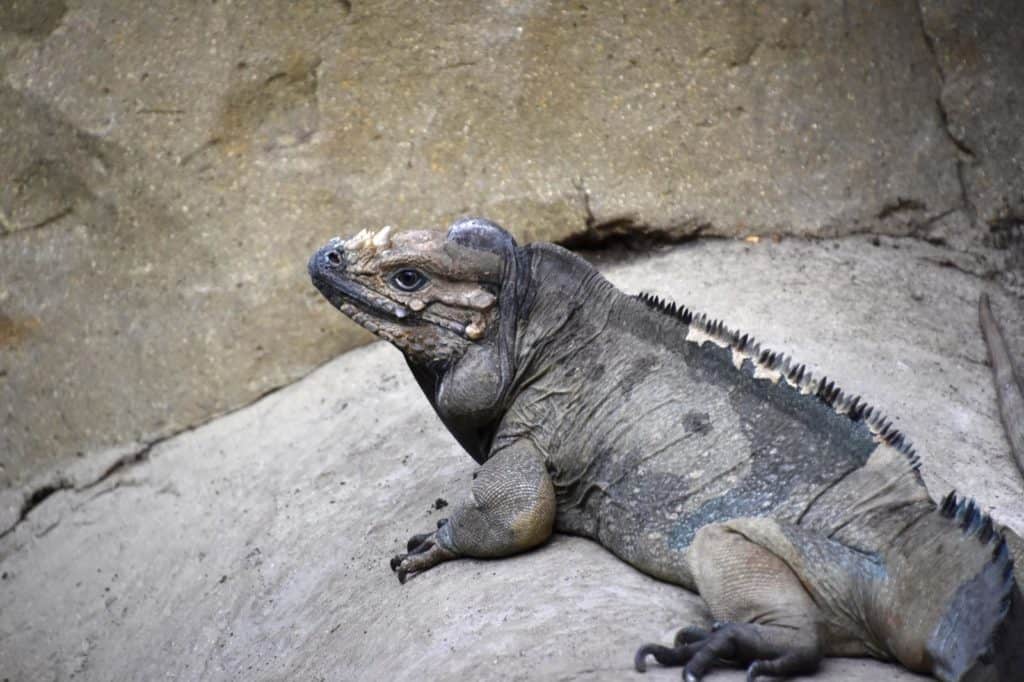
The Dominican Republic is home to a number of large and impressive animal species that are found in a few other places in the world.
©Millie Bond – Copyright A-Z Animals
The Dominican Republic is home to a number of large and impressive animal species that are found in a few other places in the world.
One of the largest animals in the country is the West Indian manatee, which is a large, aquatic mammal that can grow up to 13 feet in length and weigh over 1,000 pounds. The manatee is found in the rivers, estuaries, and coastal waters of the Dominican Republic, and is considered vulnerable due to habitat loss and hunting.
Another large animal found in the Dominican Republic is the rhinoceros iguana, which is a lizard species that can grow up to 4 feet in length. The iguana is found only on the island of Hispaniola and is known for its distinctive appearance and aggressive behavior. The rhinoceros iguana is listed as vulnerable by the IUCN and is threatened by habitat loss and hunting.
The Hispaniolan hutia is another large animal found in the Dominican Republic and is a rodent species that can grow up to 15 inches in length and weigh up to 5 pounds. The hutia is a herbivorous animal that is found in the forests and woodlands of the country and is known for its shy and elusive behavior. The Hispaniolan hutia is considered vulnerable due to habitat loss and hunting and is an important part of the natural heritage of the Dominican Republic.
Native Snakes
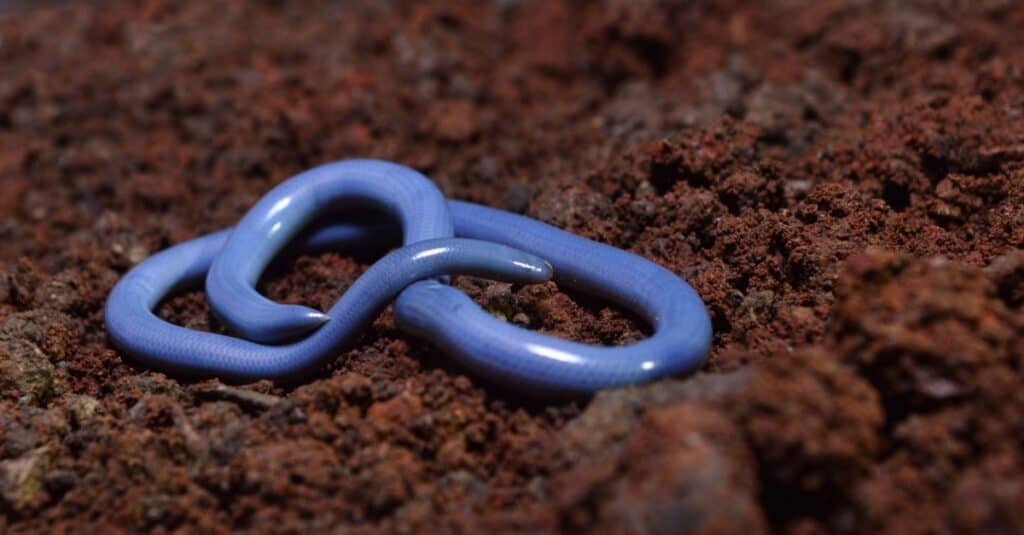
Thin and tiny, the Brahminy blind snake is sometimes mistaken for a baby snake of another species.
©RealityImages/Shutterstock.com
The Dominican Republic holds diverse landscapes and gorgeous sites for exploration. Wildlife is abundant throughout the country, found in the air, roaming the forest floors, or in the waters. Only a few species of snakes reside in the DR, none that are lethal to humans.
Several species of Boas populate the island, along with Hispaniolan Racers, La Hotte Blind Snake, and Blunt-Headed Tree Snakes. While none of these snakes are specifically lethal, they can still bite humans and may cause irritation. Always seek medical attention when bitten by a snake.
While it is exciting to see these different animals, it is always important to be aware of your surroundings and possible dangers.
In summary, common snakes to see in the DR are:
- Hispanoila Boa – Called “Culebra Jaba” by locals; largest snake in the country; found throughout the country. Coloration is brown, gray, black, or red
- La Hotte Blind Snake – Small snake living in trees and prefers the rain forest; Green, black, brown, or speckled
- Blunt-headed Tree Snake – Central DR in the tropical rainforests; Green or brown in color
The Official National Animal of the Dominican Republic
There are several national animals in the Dominican Republic, so there is no one official national symbol. One national animal is the Palm Chat, a small songbird that nests in large groups on Royal Palm trees. Another is the Hispaniolan hutia (Plagiodontia aedium), the last living native land mammal which is the official national animal of the West Indies of the Dominican Republic.
Another national animal is the Palm Stork (Dolus dominicus). On the shield of the city of Santo Domingo, there are two yellow lions which are symbols of dominion, sovereignty, and energy after the country won its independence three centuries ago. The coat of arms of the city likewise contains two lions as part of its symbols.
National Bird of the Dominican Republic
The national bird of the Dominican Republic is the palmchat, a small bird that is native to the Caribbean. The palmchat, also known as the “Cigua Palmera” in Spanish, is a common sight in the Dominican Republic, Haiti, and Puerto Rico. It is a social bird that is known for its distinctive appearance and unique vocalizations.
The palmchat is about the size of a sparrow and has a distinctive plumage. It has a brown body, a short tail, and a pointed beak. It is easily recognized by the tuft of feathers on its head, which gives it a distinctive appearance. The palmchat is known for its chattering vocalizations, which are a common sound in the forests and woodlands of the Caribbean.
In addition to its importance as the national bird of the Dominican Republic, the palmchat also plays an important ecological role in the region. It is a frugivorous bird, which means that it feeds primarily on fruits and berries. In doing so, it helps to disperse seeds and promote the growth of new plant life. The palmchat is also a key pollinator for some plant species, which further highlights its importance in the Caribbean ecosystem.
Overall, the palmchat is a fascinating and important bird that is both a cultural symbol and an ecological keystone in the Dominican Republic and the wider Caribbean region. Its distinctive appearance and unique vocalizations make it a beloved part of the natural heritage of the region.
Where To Find The Top Wild Animals in the Dominican Republic
The top wild animals in the Dominican Republic are popular wildlife one can see on tours such as the forests of Sierra de Baoruco, by the sea at Boca de Yuma, Macao Beach at Punta Cana as well as national parks and other protected areas. They include unique animals one can only see in the country or on the island of Hispaniola.
The Hispaniolan Hutia (Plagiodontia medium) is the only living native rodent on Hispaniola and is found in the southwestern part of the Dominican Republic. The Hispaniolan Solenodon (Solenodon paradoxus) is one of two species in the world besides the one in Cuba (Solenodon cubana) and has a wide range in many forest habitats.
It can be seen during nocturnal tour outings along with owls and other nightbirds, distinguishable by its side-to-side waddle. Its primary, native predators are the Barn Owl, the Ashy-Faced Owl, the Stygian Owl, and the Hispaniolan Boa, but it’s also killed by feral and domesticated dogs.
Among other nocturnal animals is the Greater Bulldog Bat (Noctilio leporinus), the largest bat on the island with a 3-foot-long wingspan. The second-largest bat is the Big Free-Tailed Bat, with a 17.1-inch-long wingspan. The Minor Red Bat (Lasiurus minor) roosts in trees and lives only in 6 places on the island. Several other bats are endemic to Hispaniola and other countries, but not to the Dominican Republic.
Some examples of other unique animals are:
- Amphibian species – the Hispaniolan Yellow Treefrog (Osteopilus pulchrilineata)
- Reptile species – the Antillean Slider (Trachemys stejnegeri)
- Lizard species – the Santo Domingo Curlytail or Hispaniolan Maskless Curlytail (Leiocephalus lunatus).
- Land snail species Cerion yumaense.
- Crab species – the Stone Crab (Menippe mercenaria).
- Butterfly species – the Polydamus Swallowtail or Gold Rim (Battus polydamus polycrates)
- Moth species – the Celery Leaftier Moth (Udea rubigalis)
- Dragonfly species of Tropical King Skimmers in the genus Orthemis, such as Orthemis macrostigma.
- Damselfly species Telebasis dominicana
- Spider species – the Orchard Orb Weaver (Leucauge venusta) and the Hispaniolan Giant Tarantula (Phormictopus cancerides)
The Most Dangerous Animals In the Dominican Republic Today
Among dangerous snakes, the Hispaniolan Boa (Chilabothrus striatu) is dangerous not because of any toxic venom, but due to its strength in squeezing or strangling people to death.
Venomous animals do not always mean life-threatening. Take the following most dangerous animals in the Dominican Republic:
- Rattlesnake bites are poisonous but rarely result in fatality unless the bite enters a vein.
- The Hispaniolan solenodons are far away from snakes and likewise secretes toxic saliva, but it is only fatal to smaller animals; in humans, it causes severe pain and localized swelling which can last for days.
- The stingray species the Thorn Stripe (American Whip-Stripe) and the centipede species Scolopendra gigantea cause pain for several hours.
- The Black Widow Spider, the Brown Recluse (Violin Spider), and the rarely-seen Portuguese Man O’War do not have lethal bites unless there are complications or a lack of treatment.
- The Lionfish causes extreme pain and can cause complications such as fever, respiratory paralysis, and heart failure.
- Both the Pufferfish and the Mamp Pempén or Cane Toad are only lethal if ingested.
- The Portuguese Frigate or False Jellyfish causes marks that resemble burns, extreme pain, and if it affected a large area, anaphylactic shock, and death.
It is common for people to assume that tropical islands have more dangerous wildlife than other countries. But while there are indeed several dangerous animals in the Dominican Republic, there are actually far more in the United States.
Endangered Animals
Some of the endangered animals in the Dominican Republic are:
- The Hispaniolan Solenodon, is a nocturnal burrowing shrewlike mammal.
- 2 species of manatees, the West Indian Manatee or North American Manatee (Trichechus manatus) and the subspecies the Antillean Manatee or Marine Cow (Trichechus manatus), a unique species in the Caribbean.
- The Rhinoceros Iguana (Cyclura cornuta)
- The Puerto Rican Nightjar or Puerto Rican Whip-poor-will (Antrostomus noctitherus)
One of the 20 species of mammals is critically endangered, another is endangered, and three species are listed as vulnerable.
A total of 9,539 species of animals including 483 species of mammals, birds, reptiles, and amphibians; 527 species of freshwater and marine fish, and 8,529 species of invertebrates (1,696 marine and 6,833 terrestrial) are on the 2011 IUCN Red List of Endangered, Threatened or Protected Species of the Dominican Republic. Amphibians and lizards, including anoles, are some of the most vulnerable animals.
Extinct Animals
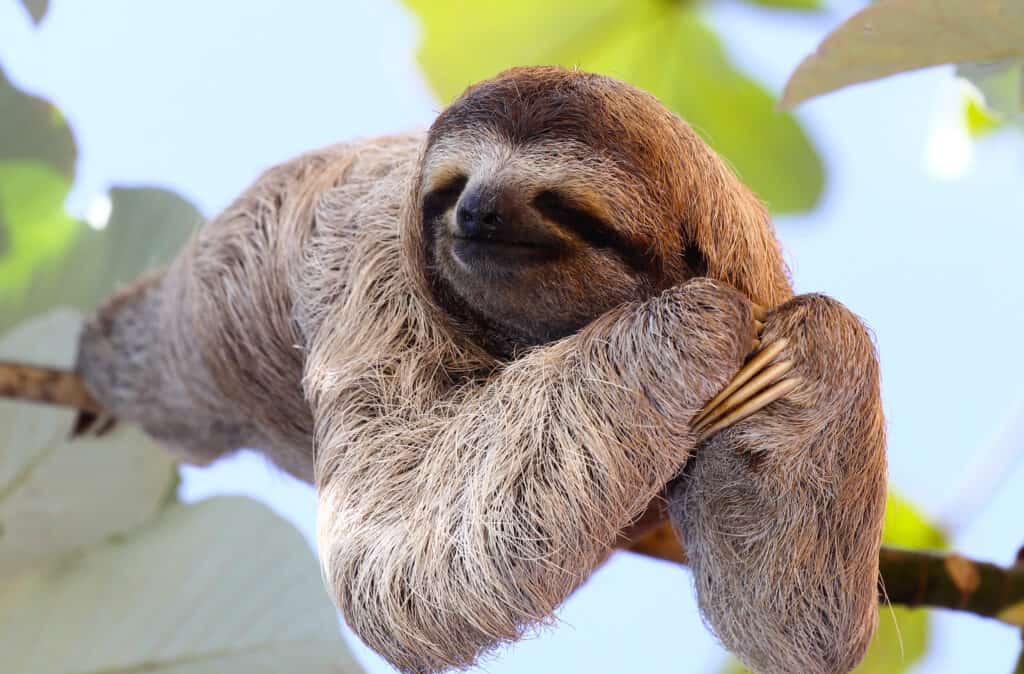
The Dominican Republic is home to a number of extinct animal species that once roamed the island. One such species is the Hispaniolan ground sloth.
©Janossy Gergely/Shutterstock.com
The Dominican Republic is home to a number of extinct animal species that once roamed the island. One such species is the Hispaniolan ground sloth, which was a large, herbivorous mammal that lived on the island until about 4,000 years ago. The ground sloth was a slow-moving animal that was well adapted to the island’s tropical forests. It is thought to have gone extinct due to hunting by the first human settlers on the island.
Another extinct species found in the Dominican Republic is the quail-dove, which was a bird that was native to the island. The quail-dove was a ground-dwelling bird that was about the size of a turkey. It had a distinctive appearance, with a brightly colored head and neck and a mottled brown body. The quail dove is thought to have gone extinct due to habitat loss and hunting.
Today, the only evidence of its existence is in fossils and the descriptions of early explorers who encountered the bird. The extinction of these and other species in the Dominican Republic is a reminder of the importance of conservation efforts to protect the natural heritage of the region.
Among the extinct wildlife in the Dominican Republic are 3 species of bats that are now extinct or were extirpated: One in the genus Pteronotus, Mormoops megalophylla, and Lasiurus intermedius. The Puerto Rican Hutia (Isolobodon portoricensis), introduced to Puerto Rico from Hispaniola, is completely extinct. Raccoons, namely common raccoons (Procyon lotor) are mammals non-native and eradicated. Eight species of the 20 mammals are extinct.
Zoos in the Dominican Republic
There are several zoo-equivalents in the Dominican Republic. However, the best known is the National Zoological Park, established in 1975. Currently, this zoo houses 82 species of animals, both endemic and exotic, as well as plants.
The National Zoological Park is located in Santo Domingo and houses African lions, alligators, snakes, and an array of mammals, such as monkeys and Bengal tigers.
Some other similar places to visit in your free time include:
- National Aquarium (Santo Domingo) – Established in 1990, this aquarium attracts visitors with a clear tunnel that allows you to get an almost 360 view of the sea turtles, sharks, fish, and sea horses swimming around you.
- Parque Zoologico (Santo Domingo) – In order to protect unique species and habitats, the Parque Zoologico was officially established in 1975, creating a home to 82 species. Many different birds, mammals, and reptiles are found in this zoo.
Dominican Animals
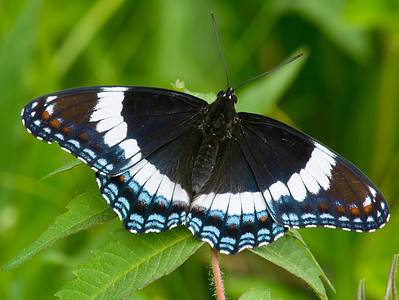
Admiral Butterfly
Stunningly beautiful wings
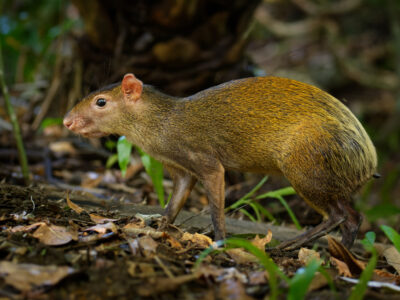
Agouti
The agouti is one of the only animals that can crack open Brazil nut pods!
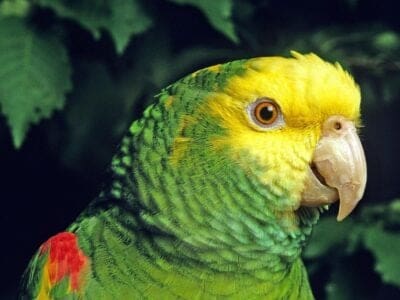
Amazon Parrot
These parrots can be trained to be "talking birds" that mimic human speech
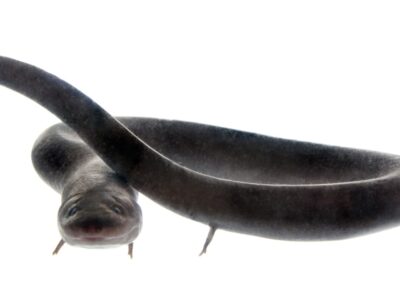
American Eel
Don't eat raw eel! Their blood is poisonous to humans when consumed raw.
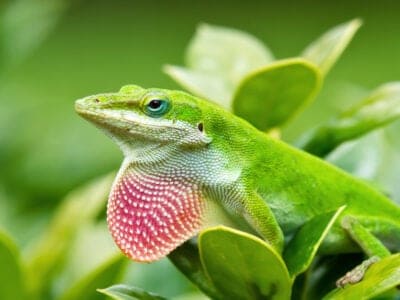
Anole Lizard
There are just under 400 species, several of which change color.
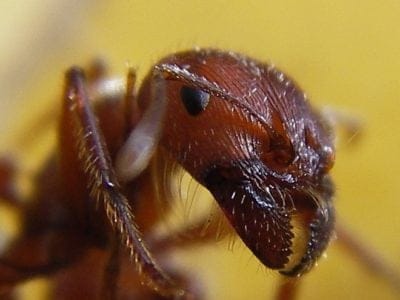
Ant
First evolved 100 million years ago!
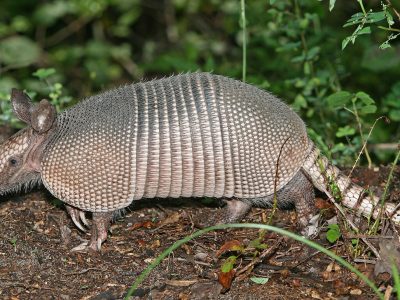
Armadillo
Can curl into a hard, protective ball!
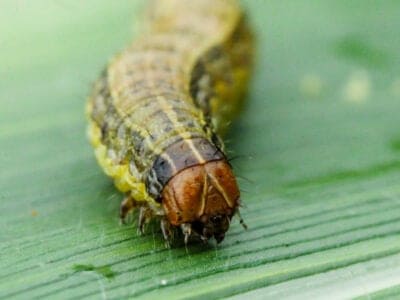
Armyworm
They are so named because they "march" in armies of worms from one crop to another in search of food
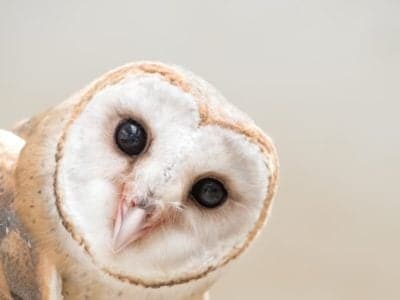
Barn Owl
Found everywhere around the world!
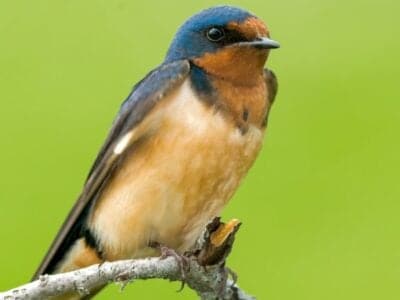
Barn Swallow
Older offspring help care for new hatchlings.
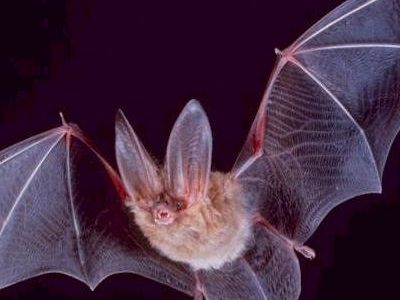
Bat
Detects prey using echolocation!
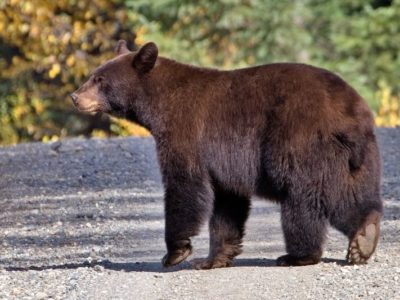
Bear
There are 8 different species!
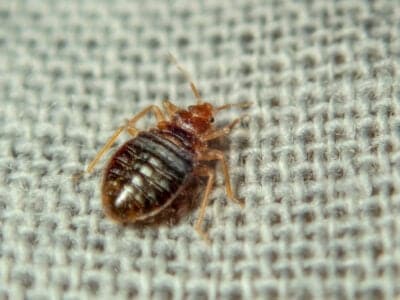
Bed Bugs
Bed bugs feed for 4-12 minutes.
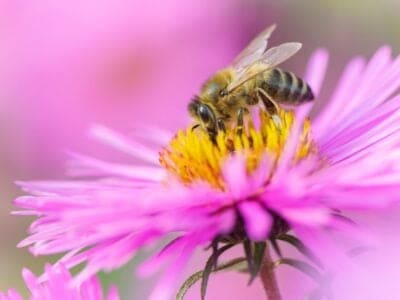
Bee
Rock paintings of bees date back 15,000 years
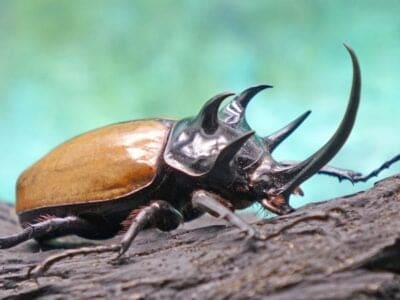
Beetle
There are more than 350,000 different species

Bird
Not all birds are able to fly!
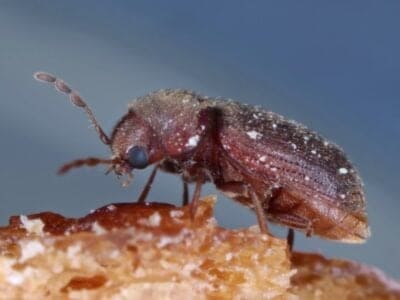
Biscuit Beetle
The biscuit beetle form a symbiotic relationship with yeast
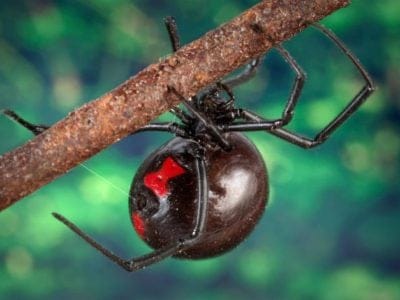
Black Widow Spider
They typically prey on insects!
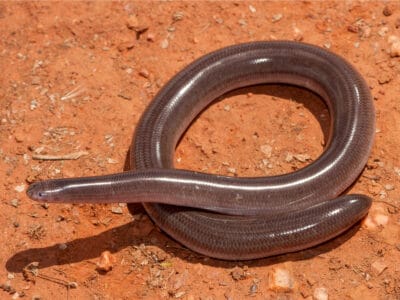
Blind Snake
The blind snake is often mistaken for a worm.
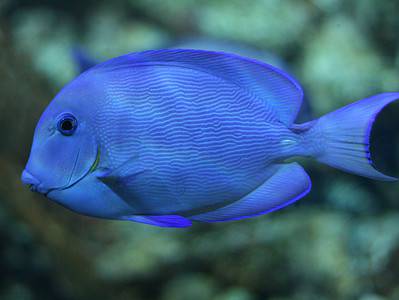
Blue Tang
One of the most colorful members of the genus Acanthurus
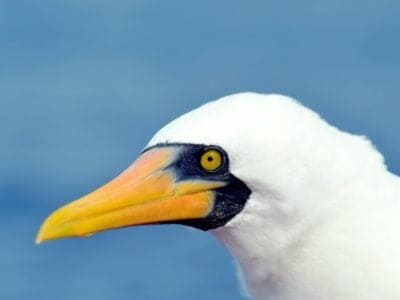
Booby
Seabirds found across the South Pacific!
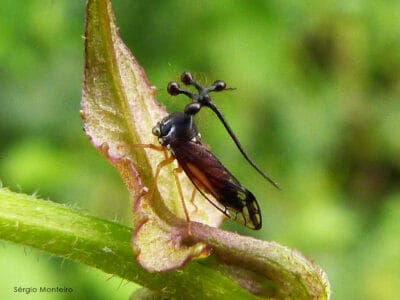
Brazilian Treehopper
“Mild-Mannered Minimonsters”
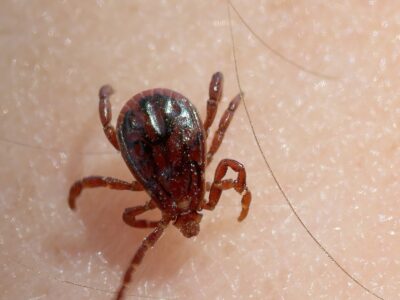
Brown Dog Tick
Can live its entire life indoors
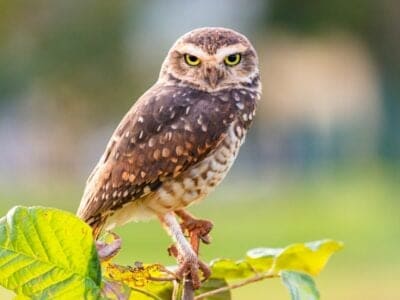
Burrowing Owl
The burrowing owl lives in underground burrows
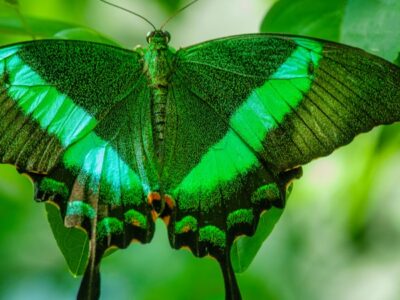
Butterfly
There are thought to be up 17,500 species!
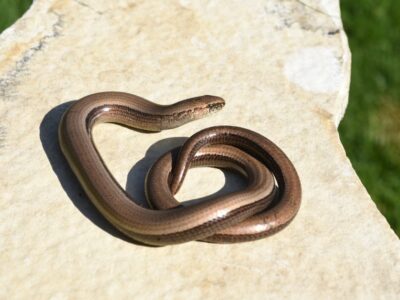
Caecilian
Some species' babies use their hooked or scraper-like teeth to peel off and eat their mother's skin
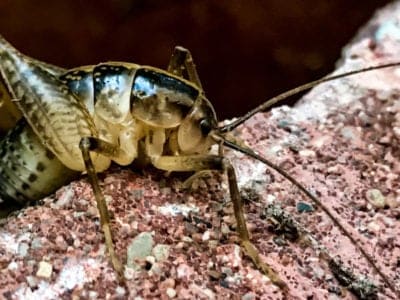
Camel Cricket
The camel crickets that are found in the USA are light brown in color. They also have dark streaks all over their body.
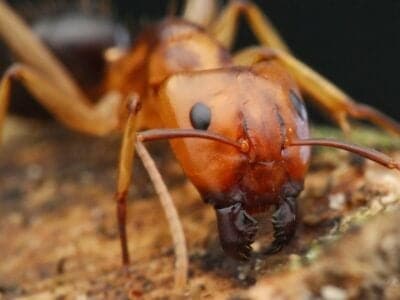
Carpenter Ant
Carpenter ants can lift up to seven times their own weight with their teeth!
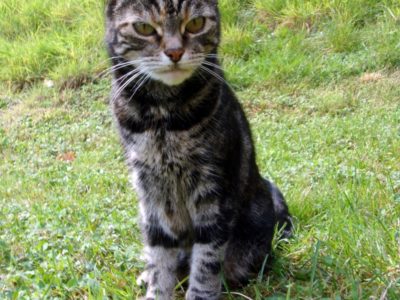
Cat
May have been domesticated up to 10,000 years ago.
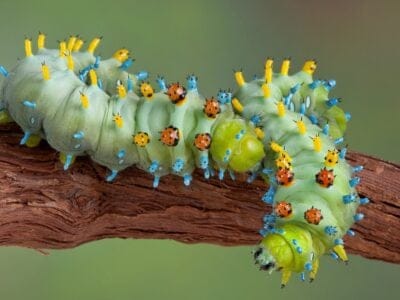
Caterpillar
The larvae of a moth or butterfly!
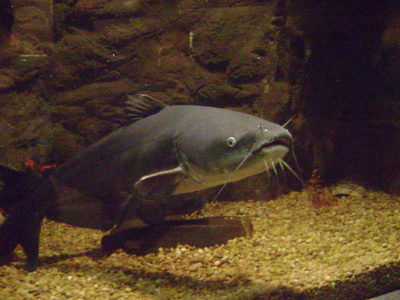
Catfish
There are nearly 3,000 different species!
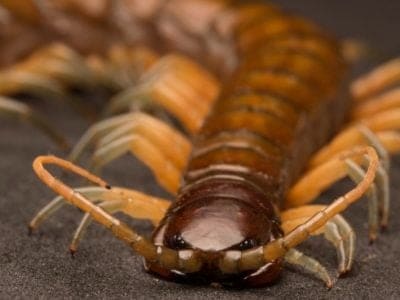
Centipede
There are about 3,000 documented species!
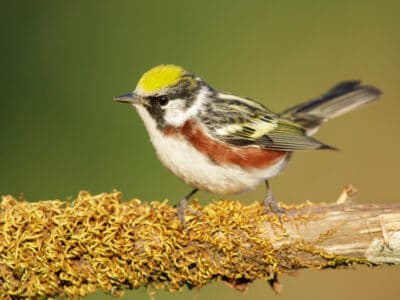
Chestnut-Sided Warbler
They inhabit regrowing forests
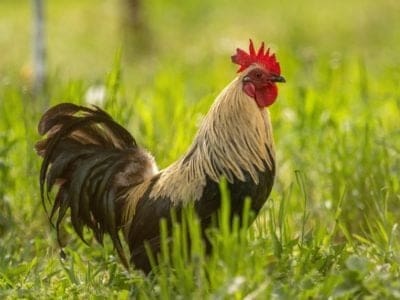
Chicken
First domesticated more than 10,000 years ago!
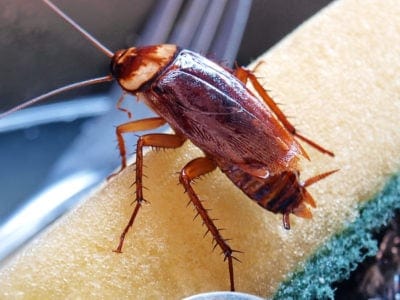
Cockroach
Dated to be around 300 million years old!
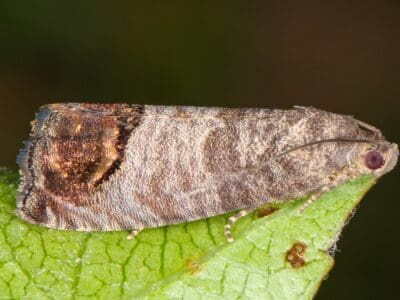
Codling Moth
Pupae are able to undergo diapause to survive poor fruit yield years and winter.
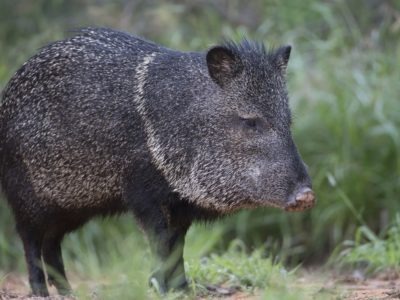
Collared Peccary
Form bands of up to 12 individuals!
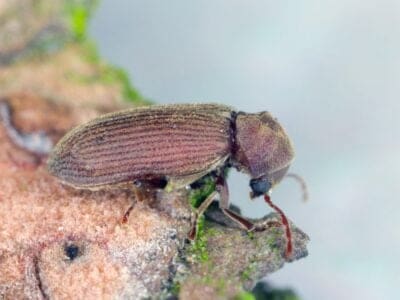
Common Furniture Beetle
The common furniture beetle feeds exclusively on wood
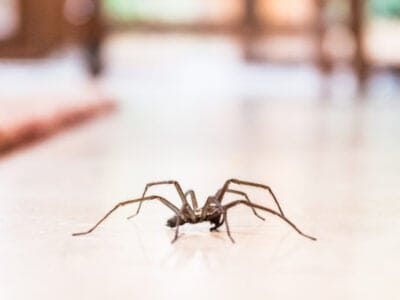
Common House Spider
House spiders have the ability to eat most insects in a home.
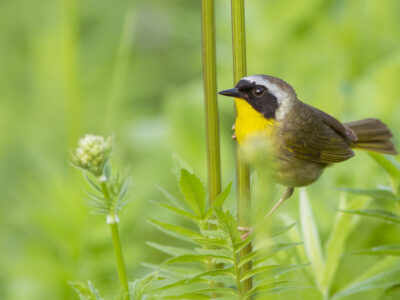
Common Yellowthroat
The Common Yellowthroat stays close to the ground and uses stealth to survive!
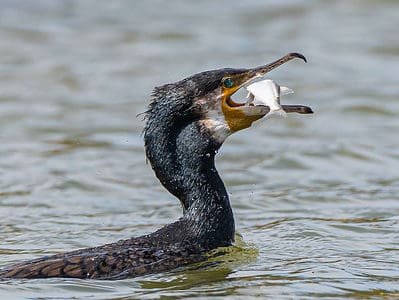
Cormorant
They can fly 35 mph and dive 150 feet below water.
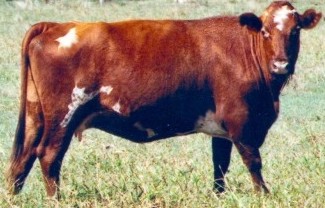
Cow
There are nearly 1.5 billion worldwide!

Crab
There are 93 different crab groups
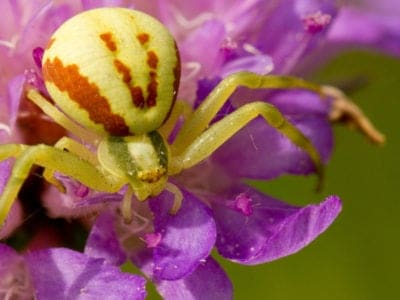
Crab Spider
Crab Spiders can mimic ants or bird droppings
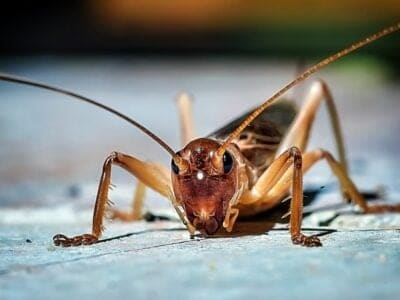
Cricket
Male crickets can produce sounds by rubbing their wings together
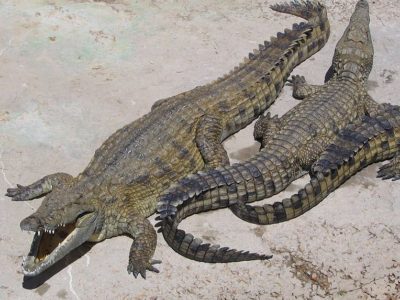
Crocodile
Have changed little in 200 million years!
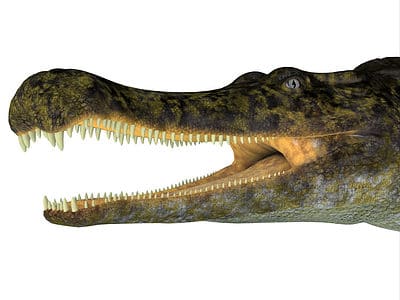
Crocodylomorph
Crocodylomorphs include extinct ancient species as well as 26 living species today.
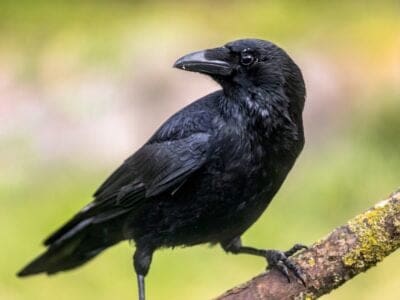
Crow
A group of these birds is called a Murder.
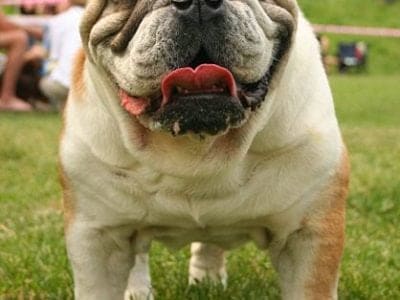
Dog
First domesticated in South-East Asia!
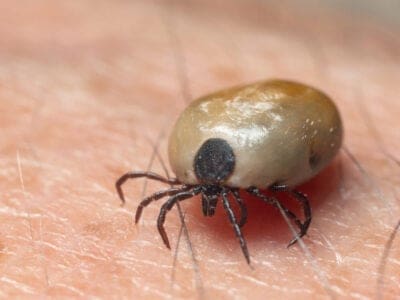
Dog Tick
Dog ticks feed on dogs and other mammals
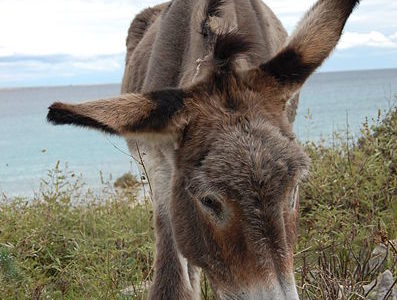
Donkey
First domesticated 5,000 years ago!
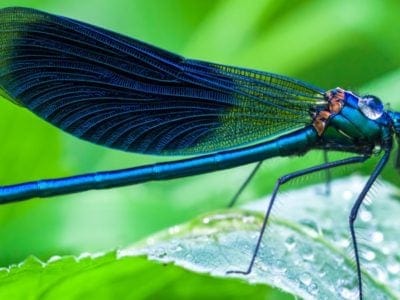
Dragonfly
It's larvae are carnivorous!
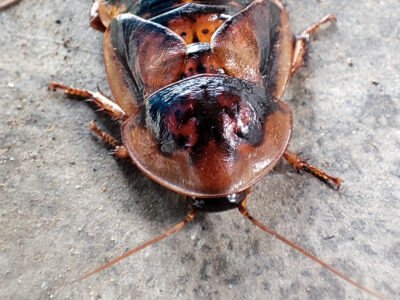
Dubia Cockroach
The most popular species of feeder roach
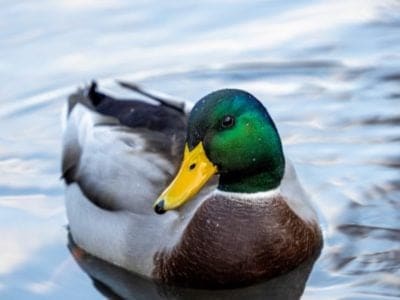
Duck
Rows of tiny plates line their teeth!
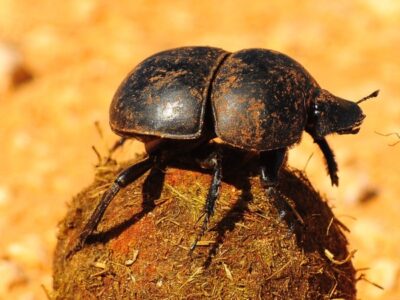
Dung Beetle
The dung beetle can push objects many times its own weight
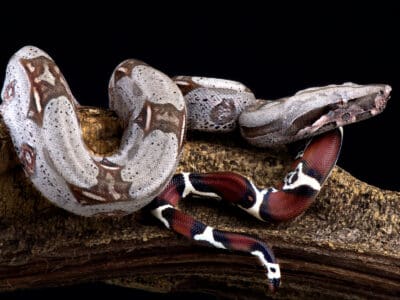
Dwarf Boa
Some species can change color from dark to light, and back again.
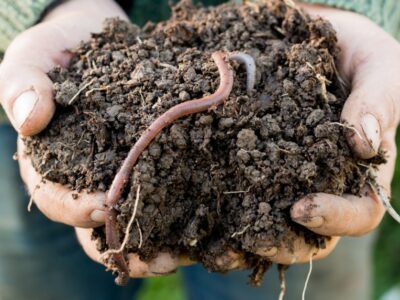
Earthworm
They are hermaphrodites, which means they have male and female organs
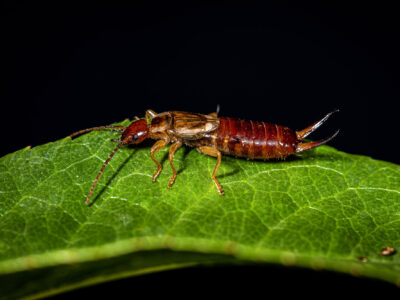
Earwig
There are nearly 2,000 different species!

Eel
Eels can be a mere few inches long to 13 feet!
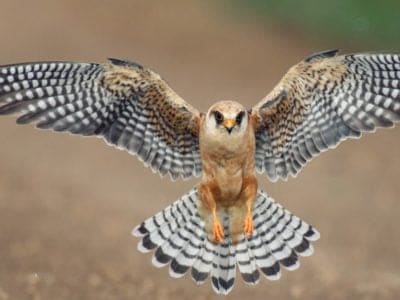
Falcon
The fastest creatures on the planet!
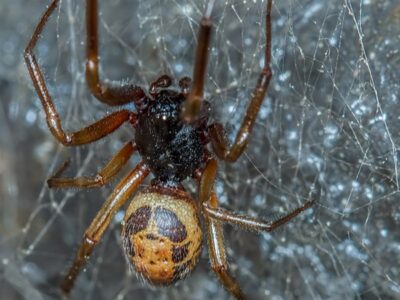
False Widow Spider
False spiders actually prey on black widow spiders and other hazardous spiders
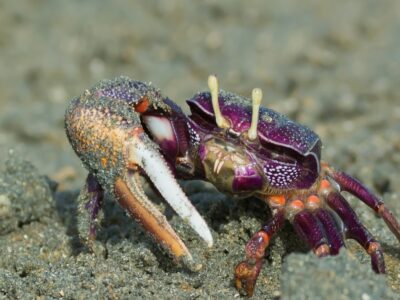
Fiddler Crab
The fiddler crab gets its name from the motion the males make with their over-sized claw during the mating ritual.
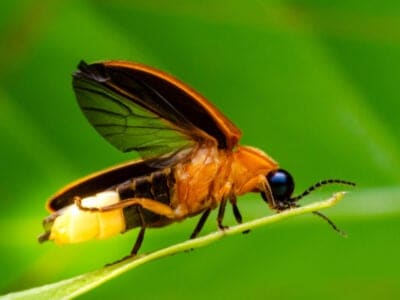
Firefly
The firefly produces some of the most efficient light in the world
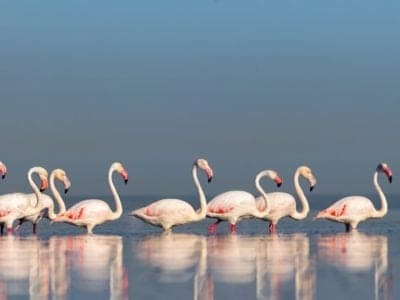
Flamingo
Sleeps on just one leg!

Flea
Adult fleas can jump up to 7 inches in the air

Fly
There are more than 240,000 different species!
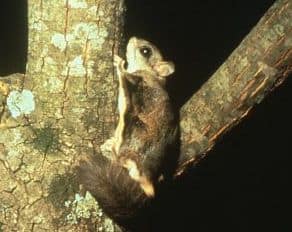
Flying Squirrel
Can glide up to 90 meters!
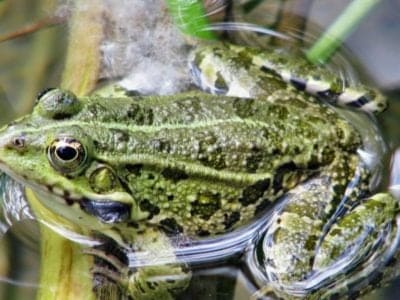
Frog
There are around 7,000 different species!
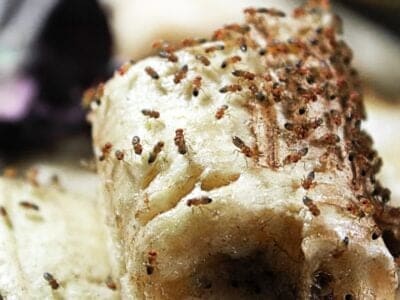
Fruit Fly
Fruit flies are among the most common research animals in the world
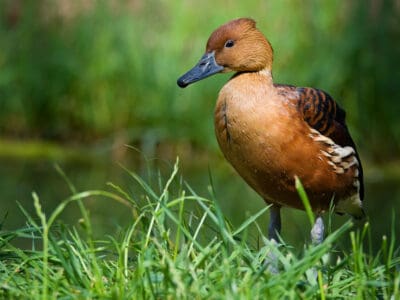
Fulvous Whistling Duck
They build a ramp from their nest, which leads to a nearby water source
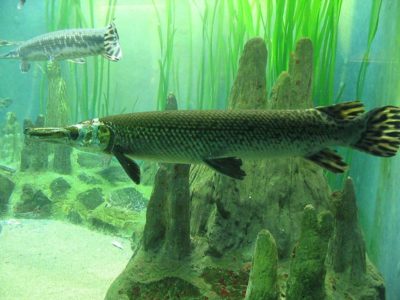
Gar
Can grow to more than 3m long!
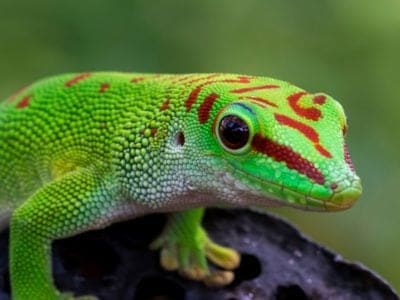
Gecko
There are thought to be over 2,000 species!
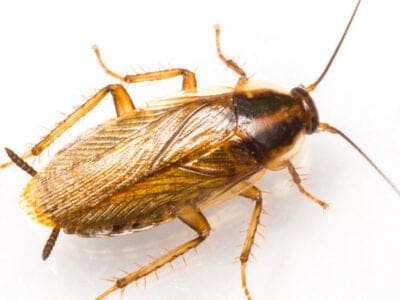
German Cockroach
The most common type of urban roach
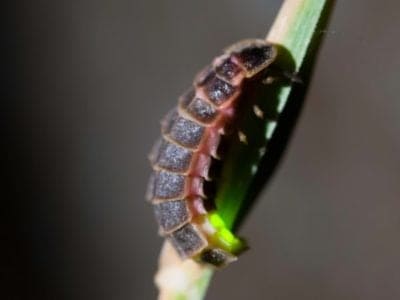
Glowworm
Found inhabiting dense woodland and caves!
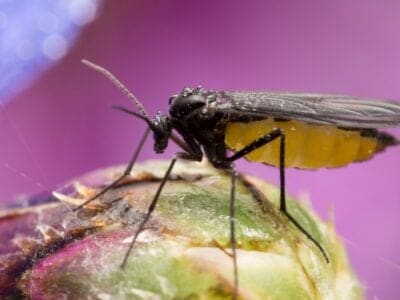
Gnat
Males form large mating swarms at dusk
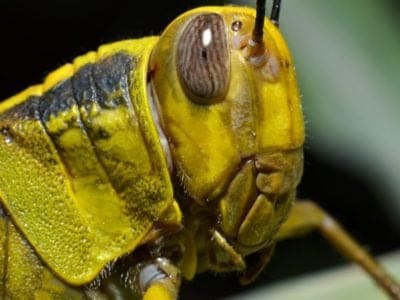
Grasshopper
There are 11,000 known species!
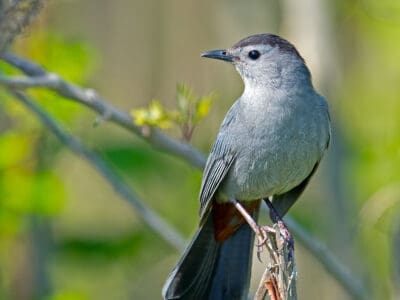
Gray Catbird
Their songs have cat-like qualities and can mimic other birds and animals, like tree frogs.
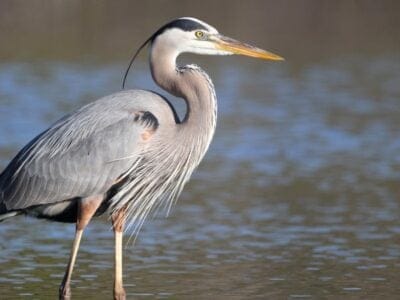
Great Blue Heron
Their wingspan is larger than an eagle’s; both males and females help hatch the eggs; rich in symbolism
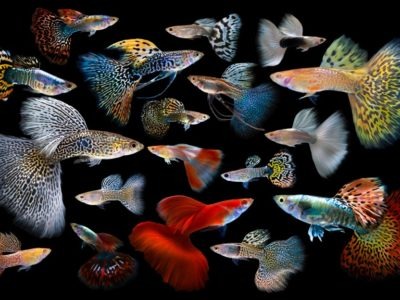
Guppy
Also known as the Millionfish!
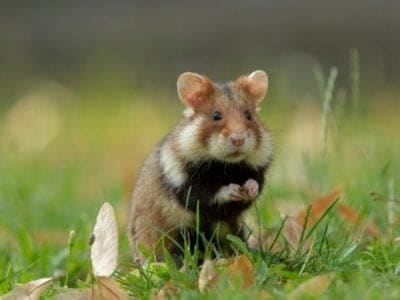
Hamster
Able to run as quickly backwards as forwards!
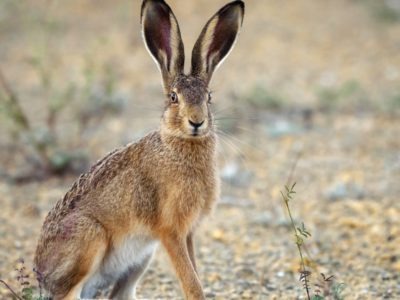
Hare
Can reach speeds of over 50 mph!
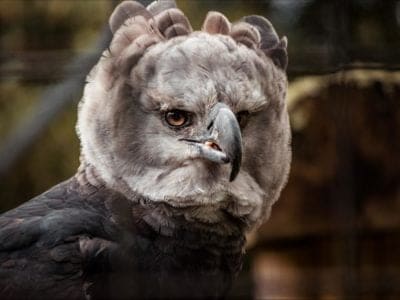
Harpy Eagle
Talon's the size of a grizzly bear's claws!
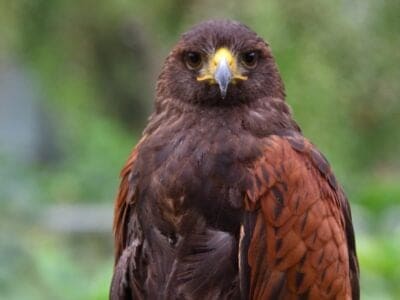
Harris’s Hawk
Their vision is eight times better than a human's
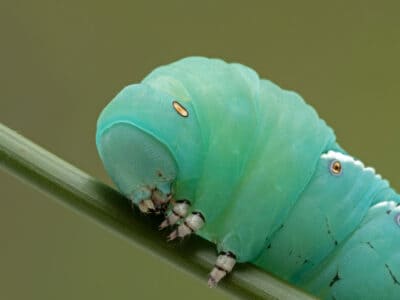
Hawk Moth Caterpillar
Many hawk moth caterpillars eat toxins from plants, but don’t sequester them the way milkweed butterflies do. Most toxins are excreted.
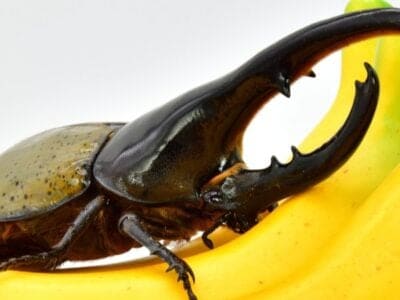
Hercules Beetle
This dynastine scarab beetle makes a weird huffing sound when it’s disturbed.
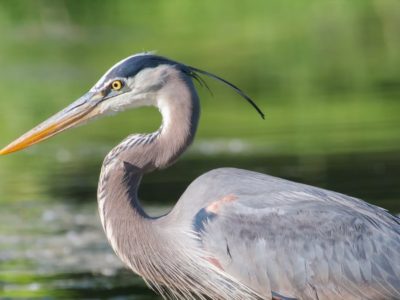
Heron
Inhabits wetlands around the world!
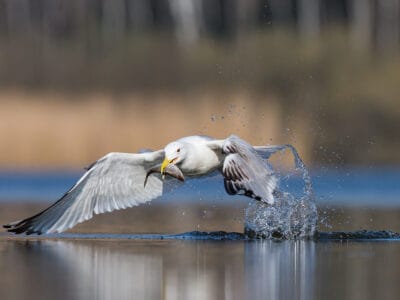
Herring Gull
They are loud, spirited birds with raucous cries that sound like bursts of laughter.
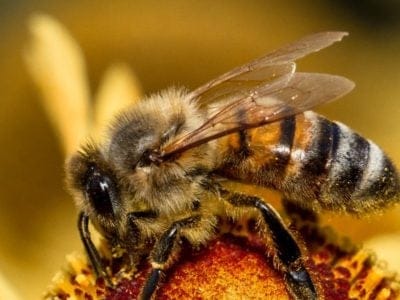
Honey Bee
There are only 8 recognized species!
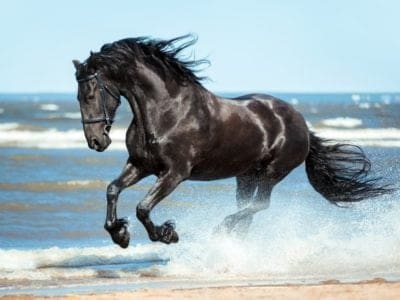
Horse
Has evolved over 50 million years!
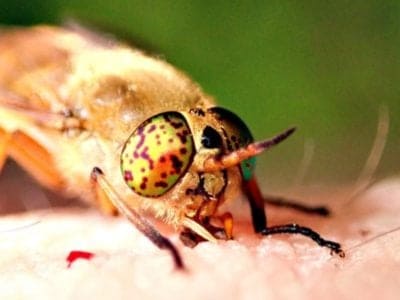
Horsefly
Horseflies have been seen performing Immelmann turns, much like fighter jets.
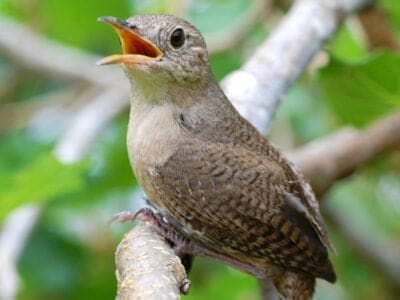
House wren
The wren’s epithet, aedon, comes from a Greek queen who accidentally killed her only son. She was actually aiming for her nephew, and Zeus took pity on her and turned her into a nightingale.
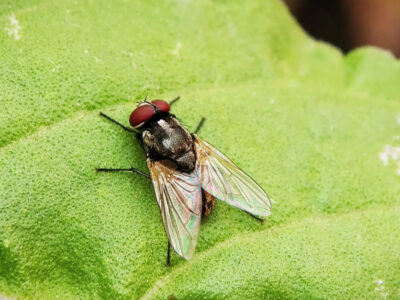
Housefly
The fly has no teeth
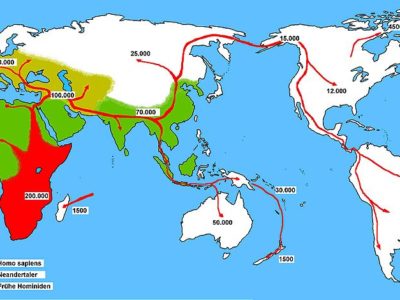
Human
Thought to have orignated 200,000 years ago!
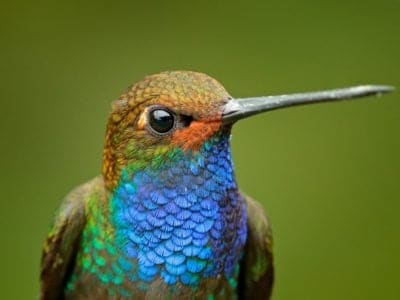
Hummingbird
Beat their wings up to 80 times per second!
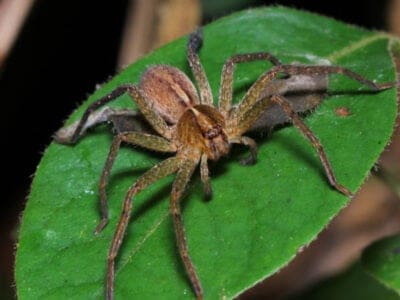
Huntsman Spider
Some huntsman spiders have an interesting way of moving around. Some cartwheel while others do handsprings or backflips.
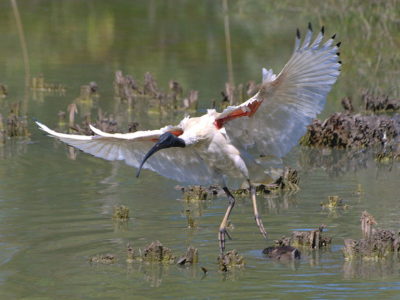
Ibis
Found in swamps, marshes and wetlands!
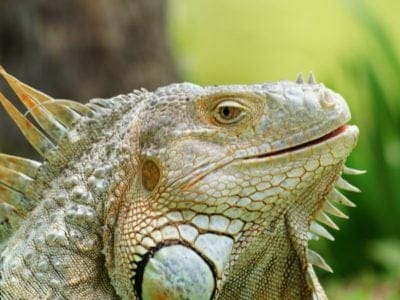
Iguana
Uses visual signals to communicate!

Insects
There are an estimated 30 million species!
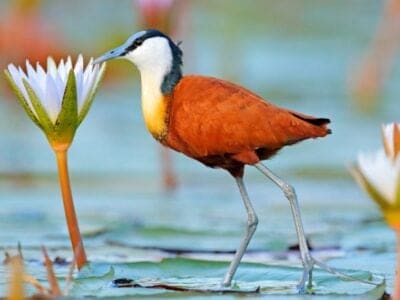
Jacana
The jacana has the ability to swim underwater
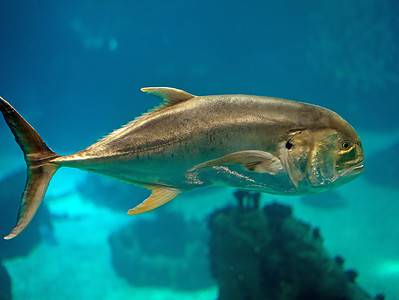
Jack Crevalle
One of the biggest species in the Caranx genus
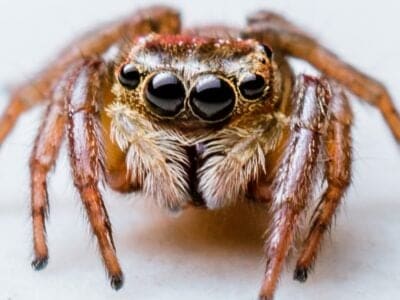
Jumping Spider
Some can jump 50 times the length of their bodies

Kentucky Warbler
The Kentucky Warbler appears to wear bright yellow cat-eye glasses!

Kingfisher
Inhabits wetlands and woodlands worldwide!

Ladybug
There are more than 5,000 species worldwide!

Leech
Has 10 pairs of eyes!

Lesser Scaup
Young lesser scaups learn to dive as soon as their down dries.

Lizard
There are around 5,000 different species!

Locust
Each locust can eat its weight in plants each day.

Lone Star Tick
Only females have the ‘lone star’ marking

Macaw
The largest species of parrot in the world!

Maggot
Will only live in wet areas

Magnolia Warbler
They line their nests with fungi strands

Marine Toad
Produces a toxin used in arrow darts!

Mayfly
There are 2,500 known species worldwide!

Mealybug
They have a symbiotic relationship with ants.

Mexican Free-Tailed Bat
Some colonies have millions of bats

Millipede
Some species have a poisonous bite!

Mockingbird
Mockingbirds are incredible mimics that can learn hundreds of songs!

Mole
Primarily hunts and feeds on Earthworms!

Mole Cricket
Adult Mole crickets may fly as far as 5 miles during mating season and are active most of the year.

Molly
Known for their calm and peaceful nature!

Monarch Butterfly
During migration, Monarch Butterflies may travel 250 or more miles each day.

Mongrel
Has characteristics of two or more breeds!

Monkey
There are around 260 known species!

Moorhen
Feeds on aquatic insects and water-spiders!

Mosquito
Only the female mosquito actually sucks blood

Moth
There are 250,000 different species!

Mountain Lion
Has no real natural predators!

Mourning Warbler
The Mourning Warbler was named for its gray head, which resembles a mourning veil!

Mouse
Found on every continent on Earth!

Mule
The offspring of a horse and donkey parents!

Nematode
Nematodes range in size from 1/10 of an inch to 28 feet long

No See Ums
There are more than 5,000 species.

Northern Bobwhite
The northern bobwhite is named for its distinctive whistling call that sounds like ‘bob-white’.

Northern Harrier
They can reach speeds of 25 Mph but prefer to soar low and slow.

Northern Parula
They live in coffee and citrus plantations during the winter

Northern Potoo
You can find them near golf courses in urban areas

Ocelot
Also known as the Painted Leopard!

Orb Weaver
Females are about four times the size of males

Osprey
They reuse nesting sites for 70 years!

Otter
There are 13 different species worldwide

Owl
The owl can rotate its head some 270 degrees

Panther
Prefers to hunt at night than during the day!

Parrot
Can live for up to 100 years!

Peregrine Falcon
Fastest animal on Earth

Pheasant
Females lay between 8 and 12 eggs per clutch!

Pigeon
They can find their way back to their nests from up to 1300 miles away.

Pit Viper
Pit vipers's fangs fold up into their mouths when they don't need them.

Poison Dart Frog
Inhabits the jungles of Central and South America!

Pompano Fish
They are bottom-feeders

Porcupine
There are 30 different species worldwide!

Praying Mantis
The mantis can turn its head 180 degrees.

Puma
Has longer back legs than front legs!

Quail
Inhabits woodland and forest areas worldwide!

Quetzal
The tail feathers of the male can be 1m long!

Rat
Omnivores that eat anything!

Rattlesnake
Rattlesnakes may have evolved their rattle to warn bison away from them.

Ring-billed Gull
The ring-billed gull feeds on vast quantities of human waste and garbage.

River Turtle
Inhabits freshwater habitats around the world!

Rodents
The capybara, the world’s largest rodent, likes to be in and around bodies of water. Because of this, the Catholic Church in South America decided that it was a fish, and people were allowed to eat it during Lent and First Fridays.

Rooster
Will mate with the entire flock!

Roseate Spoonbill
The only Spoonbill in the western hemisphere!

Ruby-Throated Hummingbird
Ruby-throated hummingbirds can beat their wings more than 50 times per second.

Ruddy Duck
Ruddy duck breeding males have bright blue bills!

Saber-Toothed Tiger
Canines up to 7 inches long!

Sable Ferret
Ferrets were used during the Revolutionary War to keep down the rat population.

Salamander
There are more than 700 different species!

Sand Crab
The sand crab burrows beneath the sand with its tail

Scorpion
There are around 2,000 known species!

Sea Eagle
The sea eagle tends to mate for life with a single partner

Seahorse
Males give birth to up to 1,000 offspring!

Senepol Cattle
Senepol cattle have a distinctive red color and no horns.

Sharp-Shinned Hawk
In captivity, sharp-shinned hawks can live up to 13 years. However, in the wild, this number is significantly reduced to 3 years!

Sheep
Around 35 million in the English countryside!

Short-Eared Owl
The short-eared owl is one of the most widespread owl species in the world, covering five continents.

Shrew
The spinal column of the shrew Scutisorex somereni is so strong and reinforced that it can support the weight of an adult human.

Shrimp
There are 2,000 different species worldwide!

Skink Lizard
Some skinks lay eggs in some habitats while giving birth to skinklets in other habitats.

Sloth
It's body temperature is between 30 - 34 degrees!

Slug
They glide around on one foot, which is aided by the slime they produce

Smokybrown Cockroach
Has up to 45 eggs per egg case

Snail
There are nearly 1,000 different species!

Snake
There are around 4,000 known species worldwide

Sparrow
There are 140 different species!

Spider Wasp
They prey on spiders to feed their larvae or they parasitize other spider wasps.

Squirrel
Small rodents found in woodlands worldwide!

Stick Insect
There are more than 3,000 different species!

Swan
Populations have been affected by pollution!

Tarantula Hawk
Tarantula hawks are excellent pollinators, especially for milkweed.

Termite
Their mounds can be up to 9 meters tall!

Thrush
The American robin is called the robin because its red breast reminded European settlers of the robin back in the old country.

Tick
They inject hosts with a chemical that stops them from feeling the pain of the bite

Tiger Beetle
The adult tiger beetle is one of the fastest land insects in the world

Tortoise
Can live until they are more than 150 years old!

Toucan
There are more than 40 different species!

Tree Frog
Found in warmer jungles and forests!

Turtles
Some species of aquatic turtles can get up to 70 percent of their oxygen through their butt.

Umbrellabird
Migrates up and down the mountains!

Upland Sandpiper
They make jerky movements as they walk through the grass, searching for food.

Vampire Bat
Have a heat sensor on the end of their nose!

Veery
The veery is named for its sharp "veer" call.

Vinegaroon
Vinegaroons can spray 19 times before the glands are depleted

Vulture
There are 30 different species worldwide!

Wasp
There are around 75,000 recognised species!

Western Kingbird
Western kingbirds have hidden red crown feathers that they can raise when threatened!

Western Tanager
They migrate farther north than any other tanager.

Whiptail Lizard
Many whiptail species reproduce asexually.

White-Faced Capuchin
One of the world's most intelligent monkeys!

White Ferret / Albino Ferrets
There are two different types of white ferrets!

Wolf Spider
Carnivorous arachnid that hunts its prey.

Woodlouse
This animal can roll up into a ball

Woodpecker
There are 200 different species!

Worm
Doesn’t have eyes.

Yellow Bellied Sapsucker
The males are responsible for choosing the nesting tree most of the time. Luckily, cavity nests are often reused for multiple breeding seasons (up to 7 years.)
Dominican Animals List
- Admiral Butterfly
- Agouti
- Amazon Parrot
- American Eel
- Anole Lizard
- Ant
- Armadillo
- Armyworm
- Barn Owl
- Barn Swallow
- Bat
- Bear
- Bed Bugs
- Bee
- Beetle
- Bird
- Biscuit Beetle
- Black and White Warbler
- Black Widow Spider
- Blind Snake
- Blue Tang
- Booby
- Brazilian Treehopper
- Brown Dog Tick
- Burrowing Owl
- Butterfly
- Caecilian
- Camel Cricket
- Carpenter Ant
- Cat
- Caterpillar
- Catfish
- Centipede
- Chestnut-Sided Warbler
- Chicken
- Cockroach
- Codling Moth
- Collared Peccary
- Common Furniture Beetle
- Common House Spider
- Common Yellowthroat
- Cormorant
- Cow
- Crab
- Crab Spider
- Cricket
- Crocodile
- Crocodylomorph
- Crow
- Cuckoo
- Dog
- Dog Tick
- Donkey
- Dragonfly
- Dubia Cockroach
- Duck
- Dung Beetle
- Dwarf Boa
- Earthworm
- Earwig
- Eel
- Falcon
- False Widow Spider
- Fiddler Crab
- Firefly
- Flamingo
- Flea
- Fly
- Flying Squirrel
- Frog
- Fruit Fly
- Fulvous Whistling Duck
- Gar
- Gecko
- German Cockroach
- Glowworm
- Gnat
- Grasshopper
- Gray Catbird
- Great Blue Heron
- Guppy
- Hamster
- Hare
- Harpy Eagle
- Harris’s Hawk
- Hawk Moth Caterpillar
- Hercules Beetle
- Heron
- Herring Gull
- Honey Bee
- Horse
- Horsefly
- House wren
- Housefly
- Human
- Hummingbird
- Huntsman Spider
- Ibis
- Iguana
- Insects
- Jacana
- Jack Crevalle
- Jumping Spider
- Kentucky Warbler
- Kingfisher
- Ladybug
- Leech
- Lesser Scaup
- Lizard
- Locust
- Lone Star Tick
- Macaw
- Maggot
- Magnolia Warbler
- Marine Toad
- Mayfly
- Mealybug
- Mexican Free-Tailed Bat
- Millipede
- Mockingbird
- Mole
- Mole Cricket
- Molly
- Monarch Butterfly
- Mongrel
- Monkey
- Moorhen
- Mosquito
- Moth
- Mountain Lion
- Mourning Warbler
- Mouse
- Mule
- Nematode
- No See Ums
- Northern Bobwhite
- Northern Harrier
- Northern Parula
- Northern Potoo
- Ocelot
- Orb Weaver
- Osprey
- Otter
- Owl
- Ox
- Panther
- Parrot
- Peregrine Falcon
- Pheasant
- Pigeon
- Pit Viper
- Poison Dart Frog
- Pompano Fish
- Porcupine
- Praying Mantis
- Puma
- Quail
- Quetzal
- Rat
- Rattlesnake
- Ring-billed Gull
- River Turtle
- Rodents
- Rooster
- Roseate Spoonbill
- Ruby-Throated Hummingbird
- Ruddy Duck
- Saber-Toothed Tiger
- Sable Ferret
- Salamander
- Sand Crab
- Scorpion
- Sea Eagle
- Seahorse
- Senepol Cattle
- Sharp-Shinned Hawk
- Sheep
- Short-Eared Owl
- Shrew
- Shrimp
- Skink Lizard
- Sloth
- Slug
- Smokybrown Cockroach
- Snail
- Snake
- Sparrow
- Spider Wasp
- Squirrel
- Stick Insect
- Swallowtail Butterfly
- Swan
- Tarantula Hawk
- Termite
- Thrush
- Tick
- Tiger Beetle
- Tortoise
- Toucan
- Tree Frog
- Turkey
- Turtles
- Umbrellabird
- Upland Sandpiper
- Vampire Bat
- Veery
- Vinegaroon
- Vulture
- Wasp
- Western Kingbird
- Western Tanager
- Whiptail Lizard
- White-Faced Capuchin
- White Ferret / Albino Ferrets
- Wolf Spider
- Woodlouse
- Woodpecker
- Worm
- Yellow Bellied Sapsucker
Dominican Republic FAQs (Frequently Asked Questions)
What kind of animals live in the Dominican Republic?
A variety of terrestrial, marine, and freshwater animals live in the country, whether unique, native, or introduced.
What dangerous animals live in the Dominican Republic?
There are several dangerous animals including the Hispaniolan Boa, the Hispaniolan Solenodon, the Rattlesnake, the Thorn Stripe (American Whip-Stripe) stingray, the centipede species Scolopendra gigantea, the Black Widow Spider, the Brown Recluse (Violin Spider), the Portuguese Man O’War, the Lionfish, the Pufferfish, the Mamp Pempén or Cane Toad, and the Portuguese Frigate or False Jellyfish.
What is the most dangerous animal in the Dominican Republic?
The Hispaniolan Boa, which is so strong it can squeeze or strangle humans to death.
Are there tigers in the Dominican Republic?
No. The Saber-Toothed Tiger used to roam the Americas but it is extinct.









